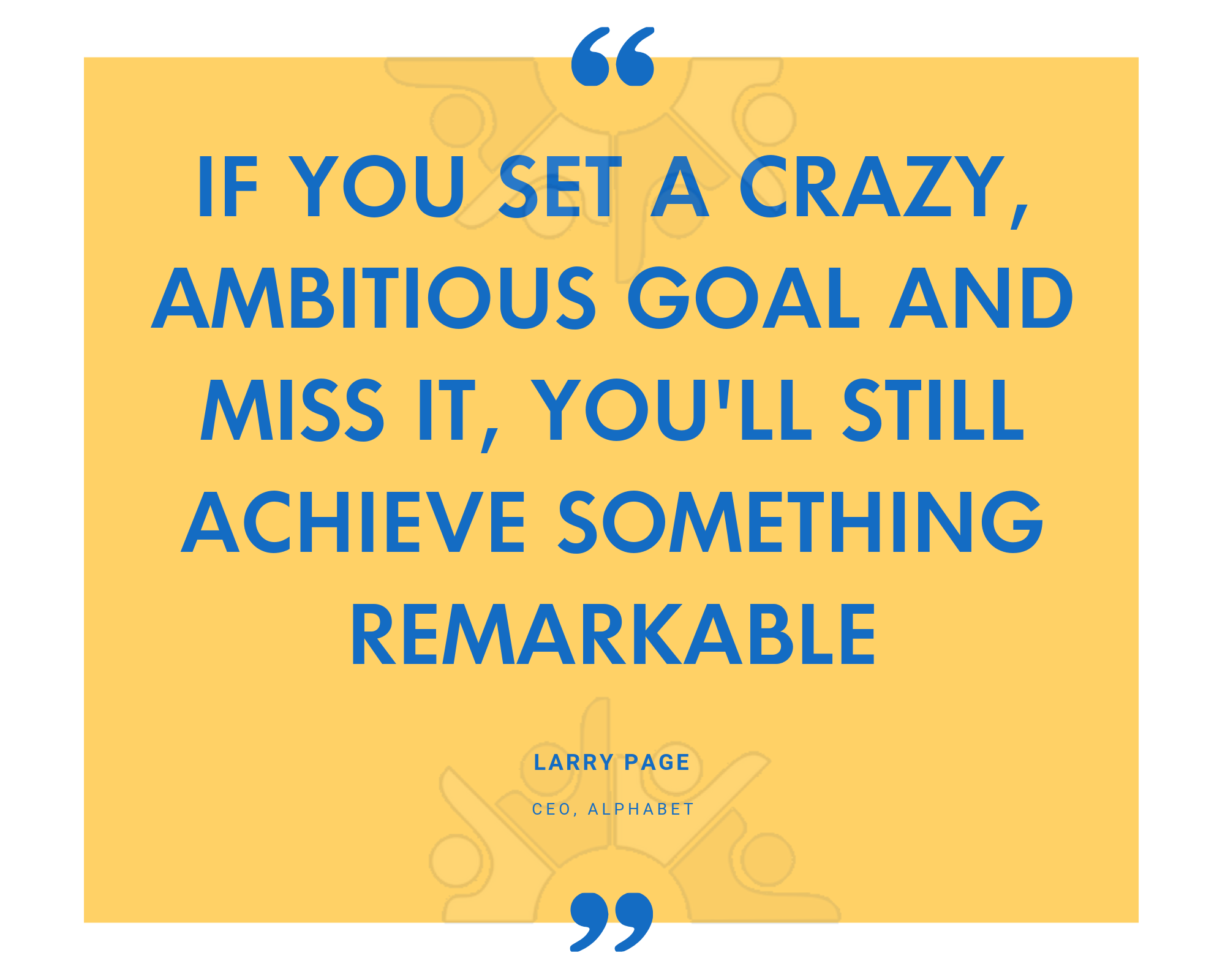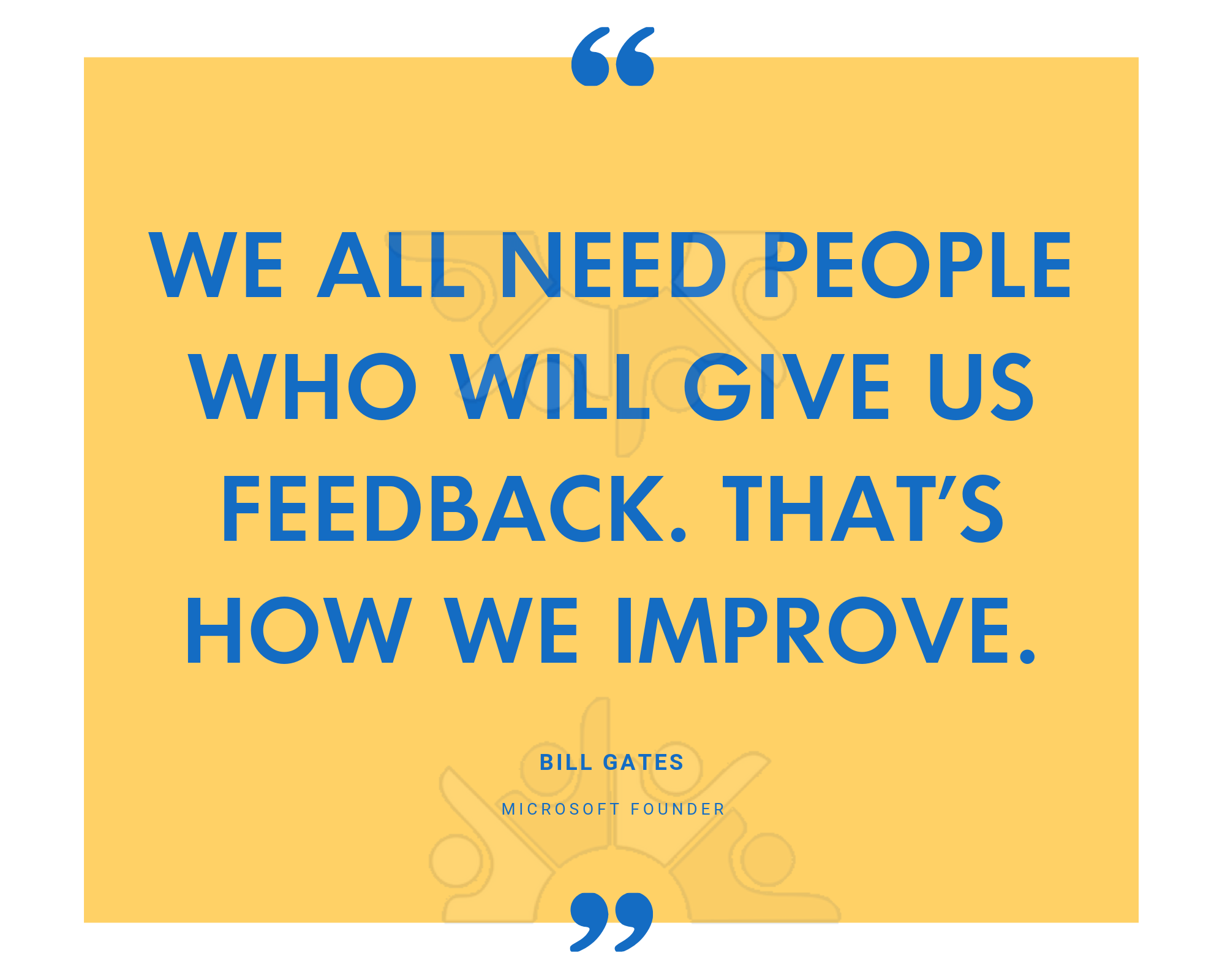When you think of a company the size of Google, it’s easy to assume that their performance management systems are complex affairs designed to deal with a wide variety of departments and roles.
The truth is, Google’s approach to performance management is built on simplicity, with systems and processes in place which can be easily adopted by even the smallest of companies.
Let’s take a look at some of the challenges faced by Google, and the solutions they implemented to deal with them.
Elaine Pulakos, a former PhD psychologist at Michigan State University and CEO of performance management specialists PDRI, explained the problem with performance management systems in her paper for Industrial and Organizational Psychology entitled “Why is Performance Management Broken?”:
“[a] significant part of the problem is that performance management has been reduced to prescribed, often discrete steps within formal administrative systems … Although formal performance management systems are intended to drive … the day-to-day activities of communicating ongoing expectations, setting short-term objectives, and giving continual guidance … these behaviours seem to have become largely disconnected from the formal system.”
It’s a problem many companies face, and Google is no exception. Additionally, in early 2013 Google discovered that only 55% of their employees viewed the process favourably, citing its time-consuming nature and the lack of transparency as the two main complaints.
To combat this, Google implemented a number of measures, which we’ll now take a look at in more detail.
Setting ambitious goals synced across the company

The core foundation of Google’s approach to setting goals is to make those goals ambitious. The results must be specific, measurable and verifiable, but also ambitious enough to know that they won’t be achieved in all cases. And if you’re achieving all your goals, they aren’t being set aggressively enough.
Google’s Astro Teller, who worked on their Glass project, illustrated this point with an analogy: “If you want your car to get fifty miles per gallon, fine. You can retool your car a little bit. But if I tell you it has to run on a gallon of gas for five hundred miles, you have to start over.”
The scientific research supports Google’s approach: having goals improves performance. At Google, the Objectives and Key Results are set by the CEO for the company, which triggers everyone else to create their own in synch with the company. Additionally, all OKRs are visible to all employees, creating a system of full transparency where it is easy to see when a team is out of step with the core aims of the company.

Measuring performance – Google’s 5 point rating system
Choosing a rating scale to measure performance can feel like an arbitrary decision. With the science inconclusive of which rating scale is the most effective, Google opted to perform iterations on various systems, as well as the frequency performance should be measured on an annual basis.
Google eventually settled on a 5-point rating system, having previously rated employees on a scale of 1 to 5 in 0.1 increments, giving a range of 40 possible ratings. This replaced the rather murky difference between, for example, a 2.7 and 2.8 rating with something more tangible, while also resulting in a wider performance distribution. Management doubled their use of the extremes of the rating system, which better reflected performance at both the top and bottom of the scale.
While gaining any kind of consensus on what rating system is preferable is impossible, Google’s experience clearly revealed the benefits of a simpler system. Reducing the frequency from quarterly to biannually also meant a considerable amount of work hours were saved conducting the ratings.
Separating performance evaluation from people development
A problem many companies face when conducting performance management is the inability to separate performance evaluation from people development. Vice President of People Operations at Google Prasad Setty explained the problem with merging these two principles in a conversation with Laszlo Bock:
“Traditional performance management systems make a big mistake. They combine two things that should be completely separate: performance evaluation and people development. Evaluation is necessary to distribute finite resources, like salary increases or bonus dollars. Development is just as necessary so people grow and improve.”
Google’s solution is to completely detach the two conversations: annual reviews are held in November, with pay discussions happening a month later and decisions about eligibility for stock grants a further six months down the line. Development is a constant back-and-forth between employees and management, ensuring that key issues are kept at the forefront and growth is an ongoing process.
Continual self-assessment and peer feedback

One of the main tools Google uses to ensure that growth is an ongoing process is the all year self-assessment form, through which their employees are able to solicit feedback on any topics they see fit, rather than waiting for an end of year assessment.
When Google handle their annual reviews, using peer reviewers is a part of their core process. The selection of reviewers, which includes peers and people junior to them, are asked to state one single thing the person should do more of, and one thing they could do differently to have more impact.
Once the peer reviewers have given this feedback, managers are able to make a more objective decision while better understanding potential obstacles.
Ensuring fairness while avoiding cognitive bias
While peer feedback brings a new layer of objectivity to the appraisal process, Google uses other methods to ensure the fairest results while avoiding cognitive bias. Additional calibration is used to mitigate bad decisions and errors in the process.
Some of the cognitive biases Google warn about include:
- Horns and Halo Effects. When the overall impression of an employee is at an extreme point of “incredible”/”awful”, judgement of new evidence which might point to the contrary is clouded.
- Recency Effect. When recent events/standards of performance outweighs the understanding of their long term performance.
- Central Tendency. Going for the easy option and rating an employee as average
- Availability Bias. Confusing what is easy to bring to mind about an employee with their overall patterns of behaviour.
By using these kinds of calibrations, Google is able to weed out the potential bad decisions and biases made during assessments, and employees have faith in a system that is reliable and fair.





